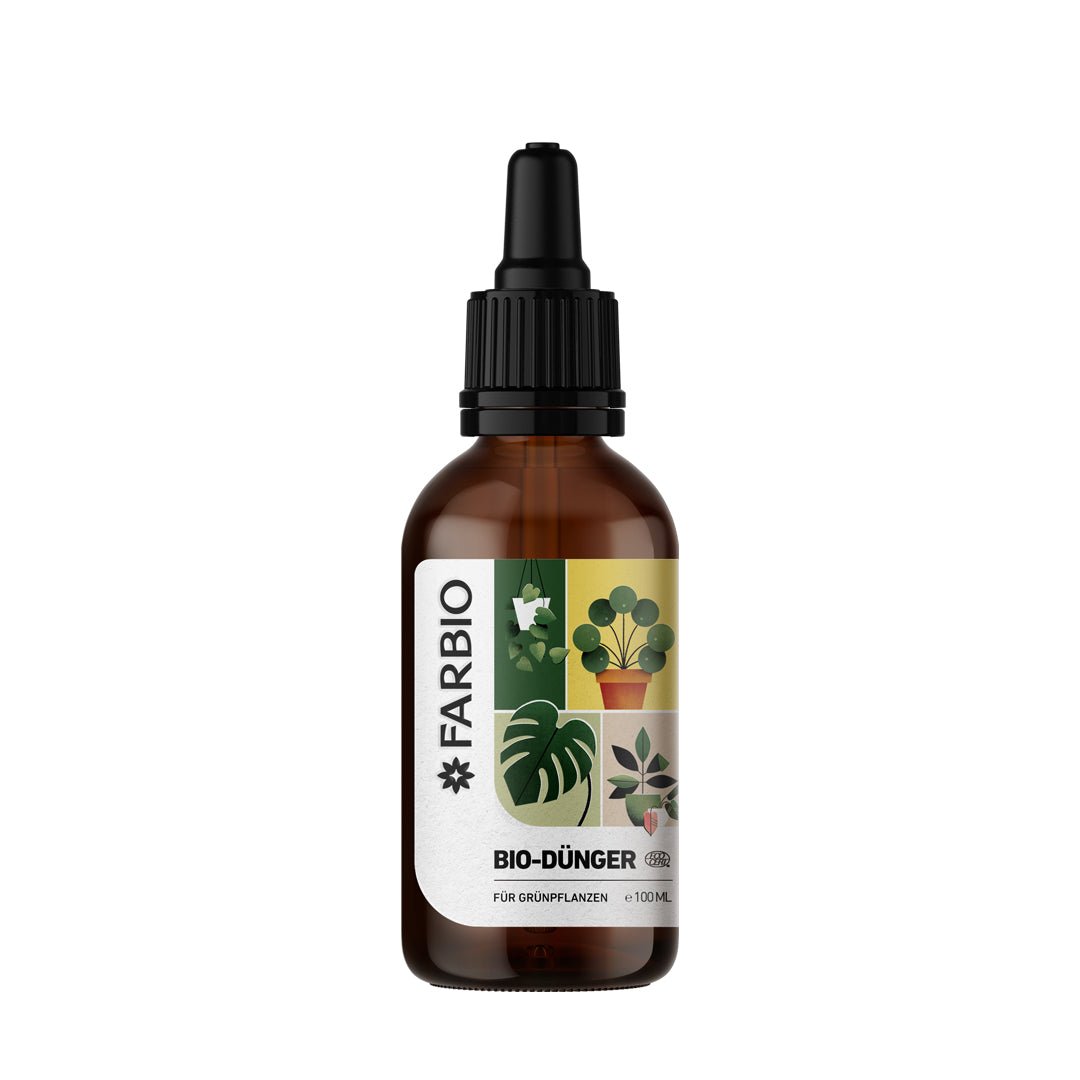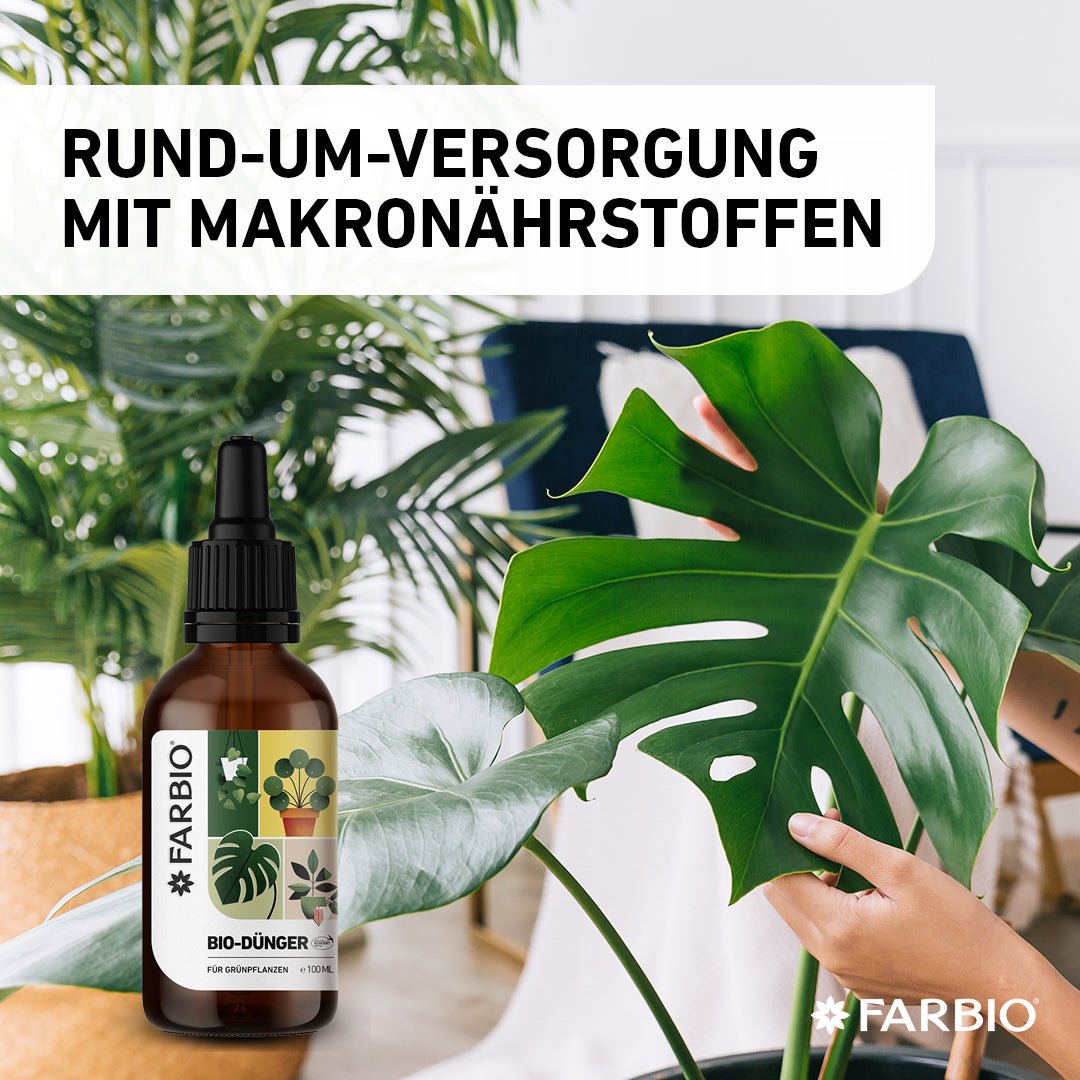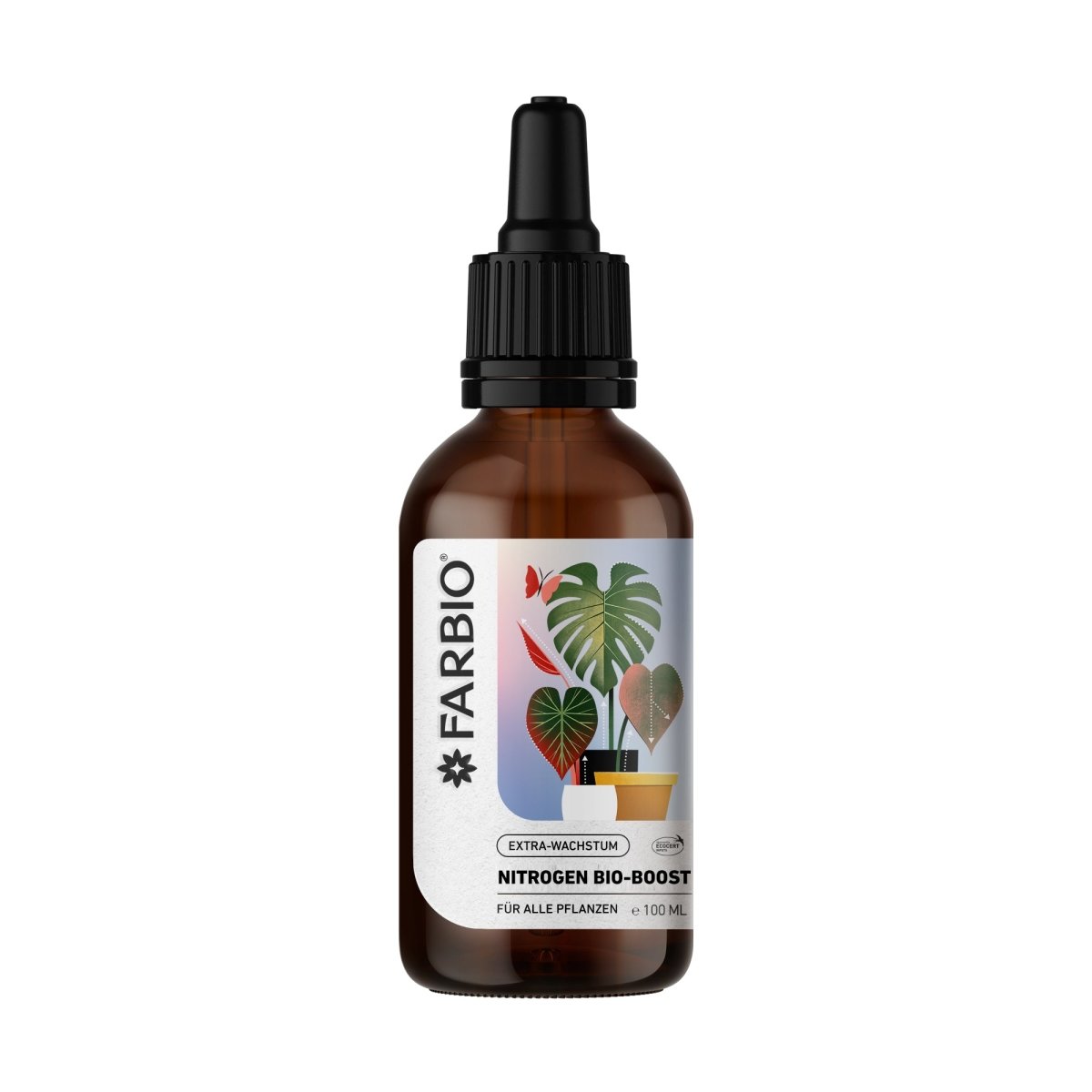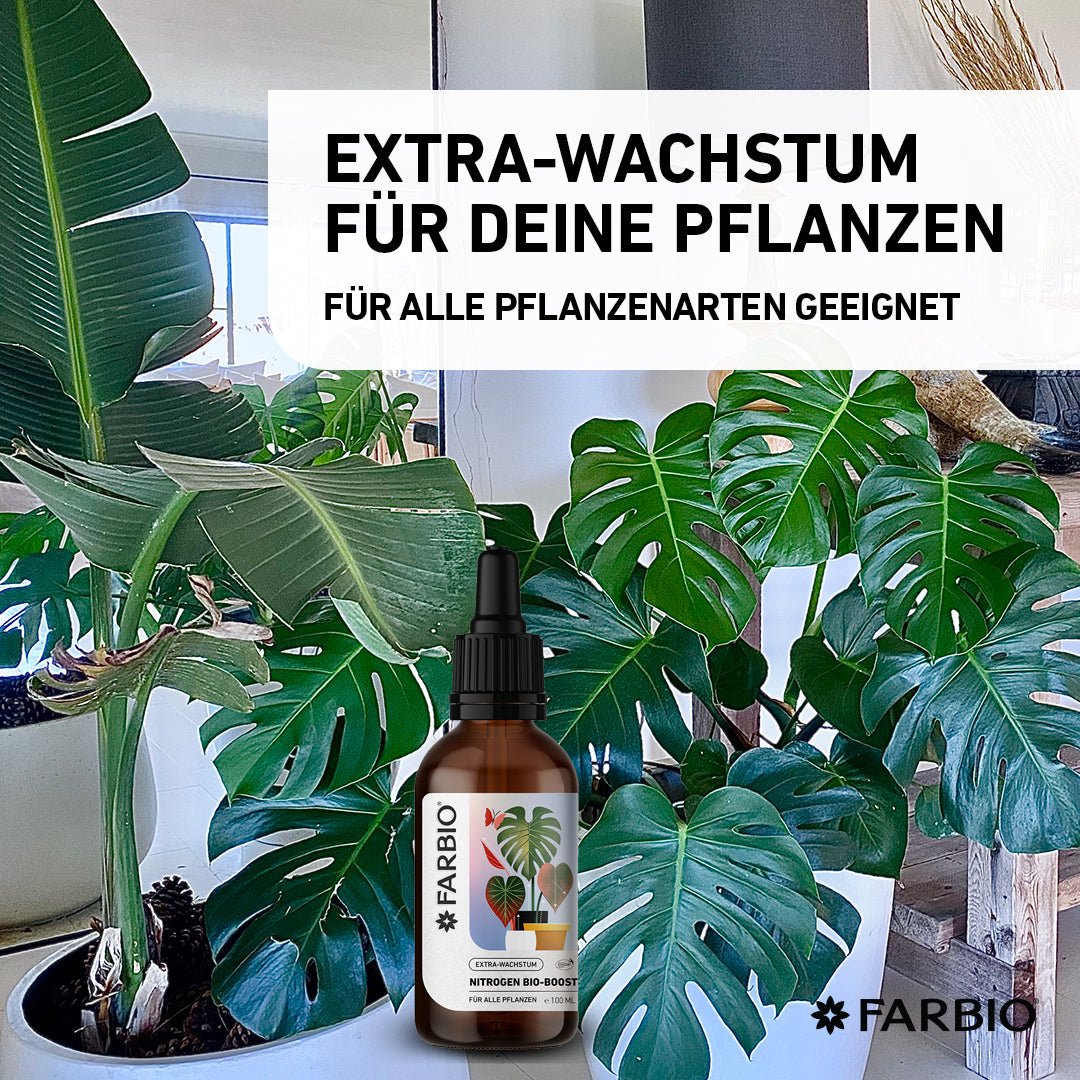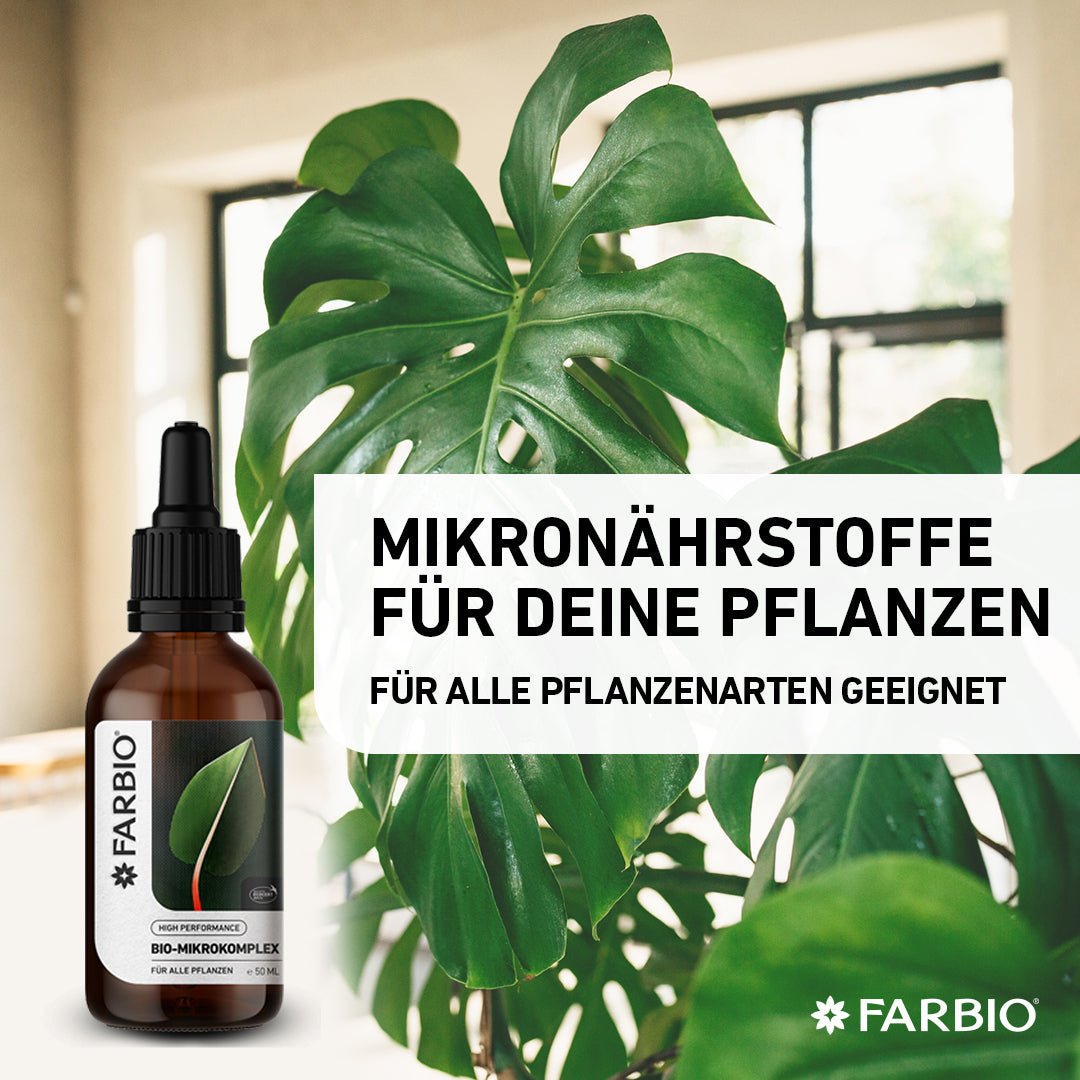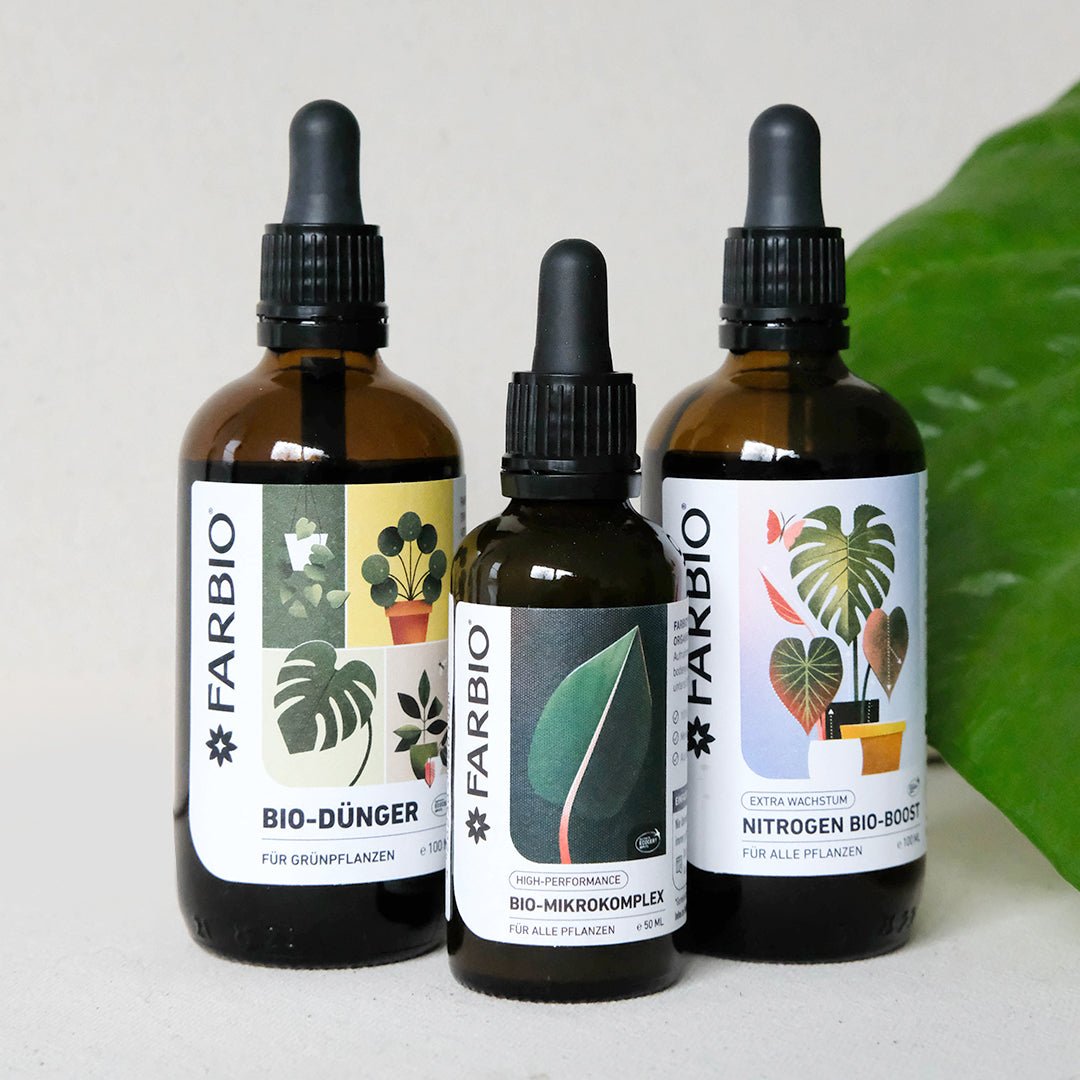We did a bit of research and found 5 very rare plant species worldwide. Of course there are many others, but these 5 have a very special story or particularly fascinating features. Be excited, these 5 rare plant species will inspire you too.
Cyanea heluensis- the rarest plant in the world
This plant truly deserves this first place because there is only one specimen of this plant that has been discovered so far. It grows on the Hawaiian island of Maui and so far no second specimen has been discovered. This is no wonder, because there are only 80 subspecies of this plant family, all of which are found only in Hawaii. Samples of this plant were taken in order to propagate it, i.e. to create clones through cuttings and to be able to research it. Factors that may have led to the extinction of the other specimens include Hawaii's isolated location, introduced domestic animals and pests such as snails, and the extinction and displacement of the animals responsible for pollination and seed dispersal. If the plant's propagation is successful and the offshoots grow, then this rare plant could soon be admired in some botanical gardens.
Titan arum - a flower in a class of its own
The titan arum is not only impressive because of its size of up to 3.5 meters, because it is also known by the synonym corpse flower. Their flowers give off an almost unbearable smell of carrion. This flower is pollinated by flies and carrion beetles. Luckily for the smeller and unfortunately for the plant, it only blooms once in 10 years, which has resulted in Titan Arum becoming very rare in its country of origin, Indonesia. Another special feature of the plant is that it only has one large leaf.

Rhizanthella gardneri - Western underground orchid
Rhizanthella gardneri is a rootless, leafless plant that grows underground. It does not carry out photosynthesis and therefore does not produce chlorophyll to generate energy from light. Another characteristic of the Western underground orchid is that, when injured, it smells distinctly of formalin.
Medusagyne oppositifolia- jellyfish tree
This rare tree has a hard-to-pronounce name, the jellyfish tree. It is the only species of the Medusagyne family and is therefore of course very, very rare. The name comes from the fact that the fruits of the tree resemble the bodies of jellyfish. The jellyfish tree only occurs in the Seychelles and was already considered extinct there, but was rediscovered in 1970. The tree is not particularly large, it reaches a maximum height of around 10 meters, but does not form a thick trunk, but rather has a very slender growth overall.
Encephalartos woodii- a rare cycad
This cycad originally comes from the KwaZulu Natal region of South Africa and is extinct there in the wild. All specimens that still exist are clones of one and the same plant, so the continued existence of the species is anything but assured, because a clone cannot develop further and cloning a clone leads to serious genetic errors in the long term. At the time of discovery there were only 4 specimens of the species; they were all taken from the wild. One of the trunks ended up in the botanical garden in Durban, one in the National Botanical Garden in Ireland, one was supposed to go to a botanical garden in Guinea, but did not survive the journey. The last specimen remaining in the wild was sent to Pretoria in 1916 and ultimately died completely in 1964. Since the last remaining specimens are male, it was a sensation when one of the cycads produced a male seed in 2004. There are now several offshoots in various botanical gardens around the world, but secure growth of the offshoots is very difficult. If no female specimen is found, which is very likely, then sooner or later this cycad will die out completely, because natural reproduction of the cycad is only possible sexually.
Understanding plants
The absorption of nutrients provides a basis for life for plants. The majority of nutrients are found in the soil and are absorbed through a plant's roots. The need for the different nutrients varies depending on the plant type and location. Our FARBIO® organic fertilizer for green plants supports you in caring for your houseplants!



